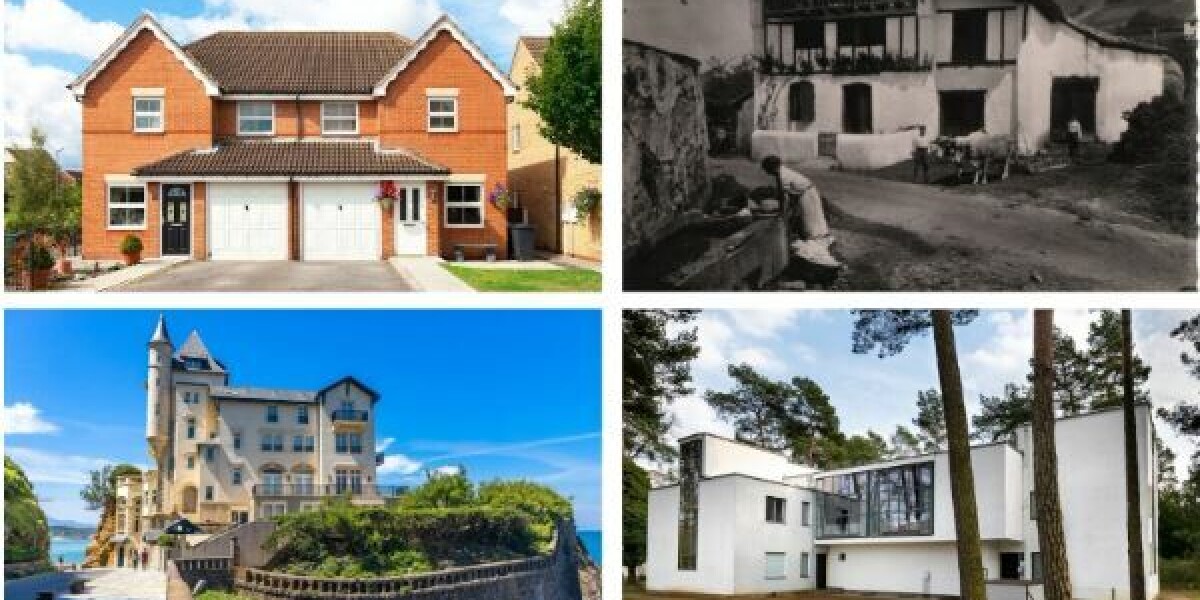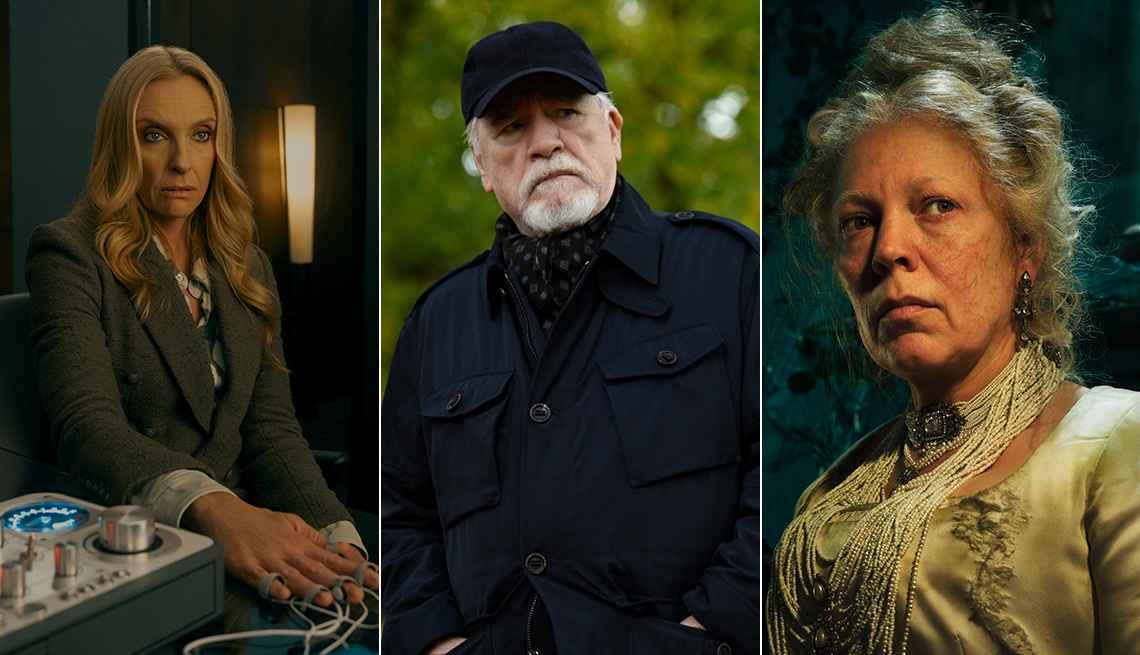
- Select a language for the TTS:
- UK English Female
- UK English Male
- US English Female
- US English Male
- Australian Female
- Australian Male
- Language selected: (auto detect) - EN
Play all audios:
ARE YOU CONFUSED BY THE MYRIAD OF NAMES FOR FRENCH DWELLINGS? If you are on the lookout to buy or rent a French property, you might have become quickly overwhelmed by the industry’s lexicon.
That is because the French language has a myriad of very specific words to describe various properties. It means you have _château, demeure, propriété, pavillon_ and _villa_, among others,
an overwhelming list with very subtle differences between them. Here we attempt to provide some clarification. 1._ CHÂTEAU_ Some Britons and Americans would associate a _château_ with being
a residence, while a castle would be more likely to be a tourist attraction. The French, however, do not make this distinction. They would consider a _château_ being either a historical site
to visit, something related to a winery or a property visit. A _château_ includes many rooms that were in the past dedicated to one function; such as getting dressed, having your hair done
or drinking tea. 2. _DEMEURE / PROPRIÉTÉ_ A _demeure _is a slightly old-fashioned word to mean a property. While it applies to any property since the word derives from the verb _demeurer_
(to dwell), a _demeure_ is often understood by French people as a secondary residence where family members reunite. 3. _PAVILLON_ The term _pavillon_ - sometimes referred to as a _maison
individuelle_ - is the English equivalent of a detached house or cookie-cutter houses in the United States. They can sometimes be part of a larger building - called a _résidence_ - with
private and secured grounds, which can host swimming pools and tennis courts. However, some _pavillons_ in France can be semi-detached. This is often a one-to-two-storey house with a garage
door and a shared garden, which is part of a larger housing complex. A _pavillon_ is often associated with peripheral urban areas, as their construction mushroomed from the late 1950s to the
1980s as part of a nationwide policy that coincided with the emergence of cars and shopping centres. They are part of _‘zone pavillonnaire’_ or _‘banlieue pavillonnaire_’. Canteleu, a town
west of Rouen (Seine-Maritime), is an example. 4. _VILLA_ A_ villa_ is understood to be a luxurious detached house, often with large rooms, high ceilings, a swimming pool and a garden. They
are owned by some of the wealthiest people in the country. READ MORE: FRENCH RIVIERA VILLA WHERE FAMOUS KISS TOOK PLACE GOES UP FOR SALE However, _villas _are not to be confused with areas
of Paris that have taken the same term but characterise what Americans call gated communities. _Villas_ of the French capital include Villa Saïd or Villa Montmorency. French singers Eddy
Mitchell and Pascal Obispo are among the celebrities at Villa Saïd, while Montmorency has hosted the likes of ex-president Nicolas Sarkozy. 5._ MAS / ETXE_ _Mas_ - also known as _mas
provençal_ - is a type of farmhouse typical of Provence, or southern France in general. It is often arranged to suit the farmland activities of a property. _Mas_ are made from stones and
their roofs are designed with crescent-shaped tiles. _Etxe_ are typical houses from coastal and inland Basque territory. READ MORE: BASQUE HOUSES HAVE TIMELESS APPEAL – WE LOOK AT THEIR
HISTORY First, they are often oriented toward the east to give protection against the wind and heavy rainfall blowing in from the ocean. Each features an _eskatz_, a bigger room providing
passage between the house and the barn. Animals often rested below so that their body heat warmed the area. The _eskatz_ opens to the house’s yard. 6. _MAISON DE MAÎTRE_ _Maison de maître_
are the equivalent of British and American mansions and are often found in rural areas. They are normally rectangular and the interiors are furnished and decorated to correspond with the
social status of its owner, often members of the aristocracy or nobility. Some maisons take the name from their owner, rebranding themselves in the process such as La Maison des Maîtres
Bauhaus de Walter Gropius or La Maison Horta de Victor Horta. 7. _MANOIR_ A_ manoir_ (manor) is the building between the castle and the farm. It is often described as a “small castle” and
emerged during the Middle Ages, in Normandy and Brittany regions mainly. Funnily enough, the term derives from _demeure_. 8. _MAISON À COLOMBAGE / CHAUMIÈRE_ _Maison à colombages_ are
traditional Alsatian houses. They are known for being built with timber. _Chaumière_ are traditional Normandy-style houses. The word derives from the roof made from thatch. RELATED ARTICLES
FRENCH PROPERTY WATCH: WHY BUY IN LOIR-ET-CHER AND PRICES TO EXPECT FROM A RENTED CARAVAN IN UK TO BUYING ENTIRE FRENCH HAMLET FOR €26,000








